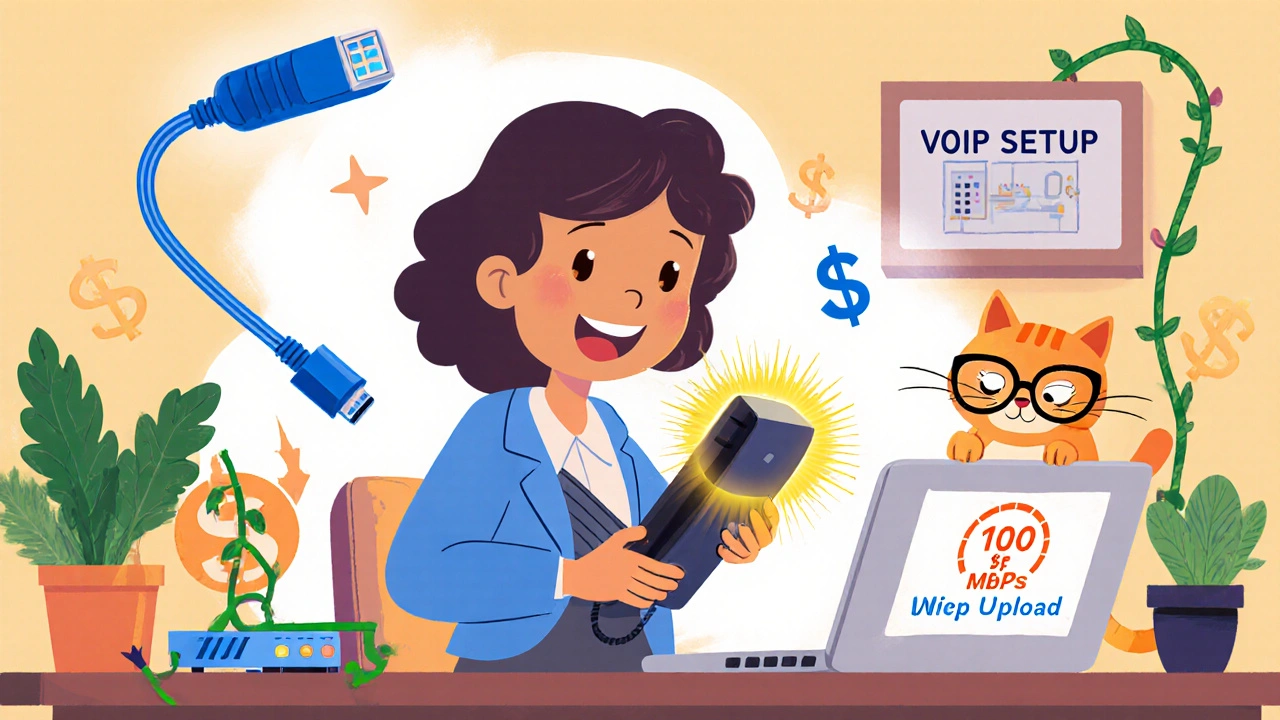VoIP Setup Costs: What You Really Pay to Get Started
When you hear VoIP setup costs, the total price to install and run an internet-based phone system, including hardware, software, and network adjustments. Also known as IP telephony deployment cost, it’s not just about buying phones—it’s about making sure your whole system works without dropped calls or hidden fees. Most people think VoIP is cheap because it replaces traditional phone lines. But if you skip the basics—like network upgrades or quality phones—you’ll pay more later in frustration, downtime, and support headaches.
Real VoIP setup costs break down into three buckets: VoIP hardware, physical devices like SIP phones, gateways, or routers needed to make calls over the internet, VoIP providers, the cloud service that handles call routing, voicemail, and features like call forwarding, and VoIP network, your internet connection, cabling, and QoS settings that keep voice traffic smooth. You can spend $50 on a basic desk phone or $300 on a business-grade model with HD audio and encryption. Providers range from $15/user/month for simple plans to $50+ for advanced features like CRM integrations. And if your internet isn’t ready—no VLANs, no QoS, no CAT6 cables—you’ll get choppy calls no matter how fancy your phone is.
Refurbished gear cuts hardware costs by up to 50%, and many providers include phones in their plans—so you don’t have to buy them outright. But skipping network prep? That’s like putting premium fuel in a car with a clogged fuel line. You’ll waste money and get poor results. The best setups balance smart hardware choices with solid network design. You don’t need CAT7 cables unless you’re in a factory with heavy interference. You don’t need 100+ feature-rich phones if your team only makes 20 calls a day. And you definitely don’t need to pay for call recording or AI analytics if you’re a solo entrepreneur.
Look at your actual needs—not what’s advertised. A small business with five people can set up a reliable VoIP system for under $500 total, including phones and a month of service. A call center with 20 agents might spend $5,000 on hardware, network tweaks, and a premium provider—but that’s because they need call queues, screen pops, and real-time dashboards. The difference isn’t in the tech—it’s in the scale and the goals. The posts below show you exactly what’s included in real setups, how to spot overpriced gear, and how to avoid the $2,000 mistakes people make when they rush into VoIP without planning.
